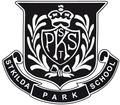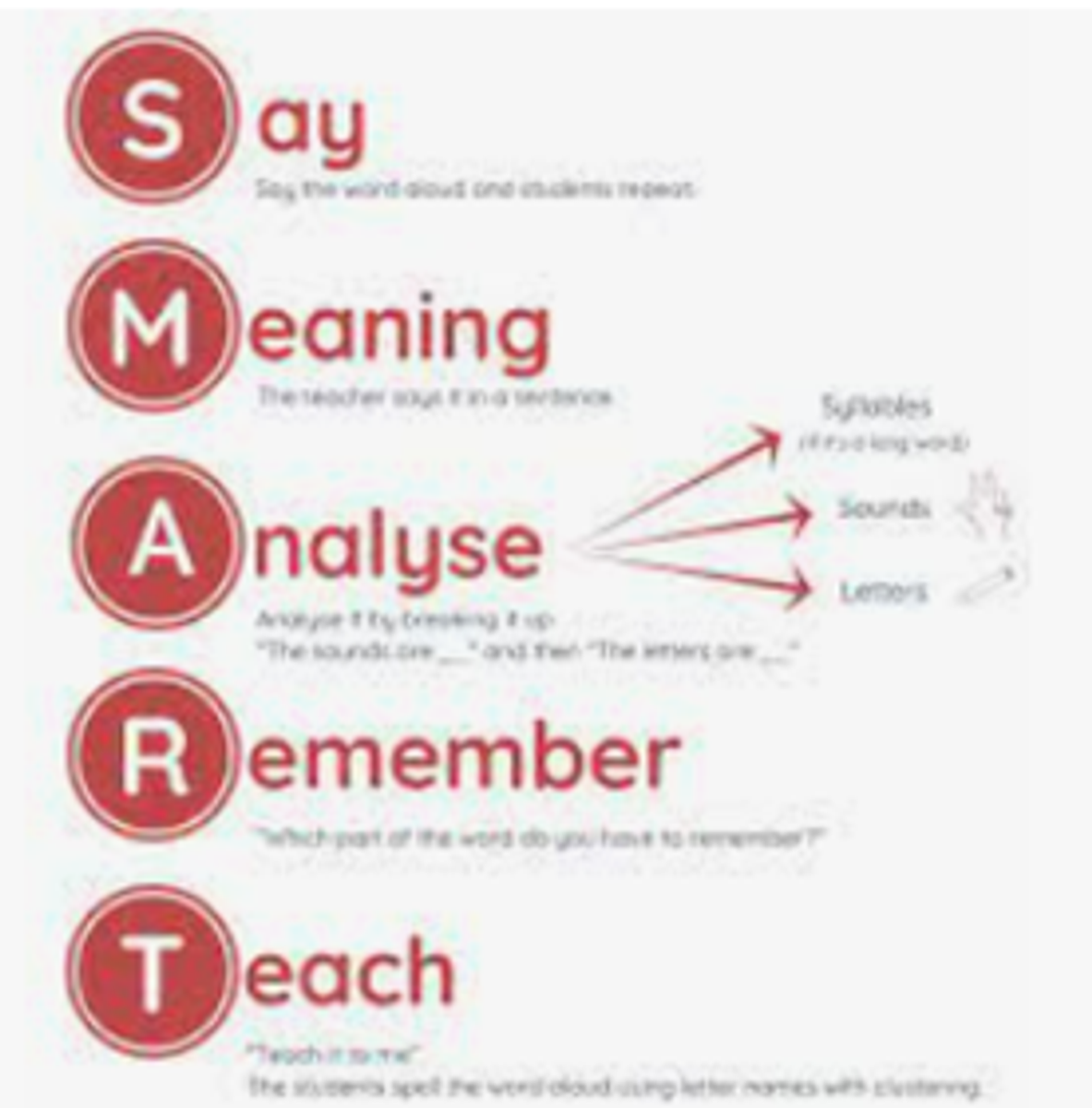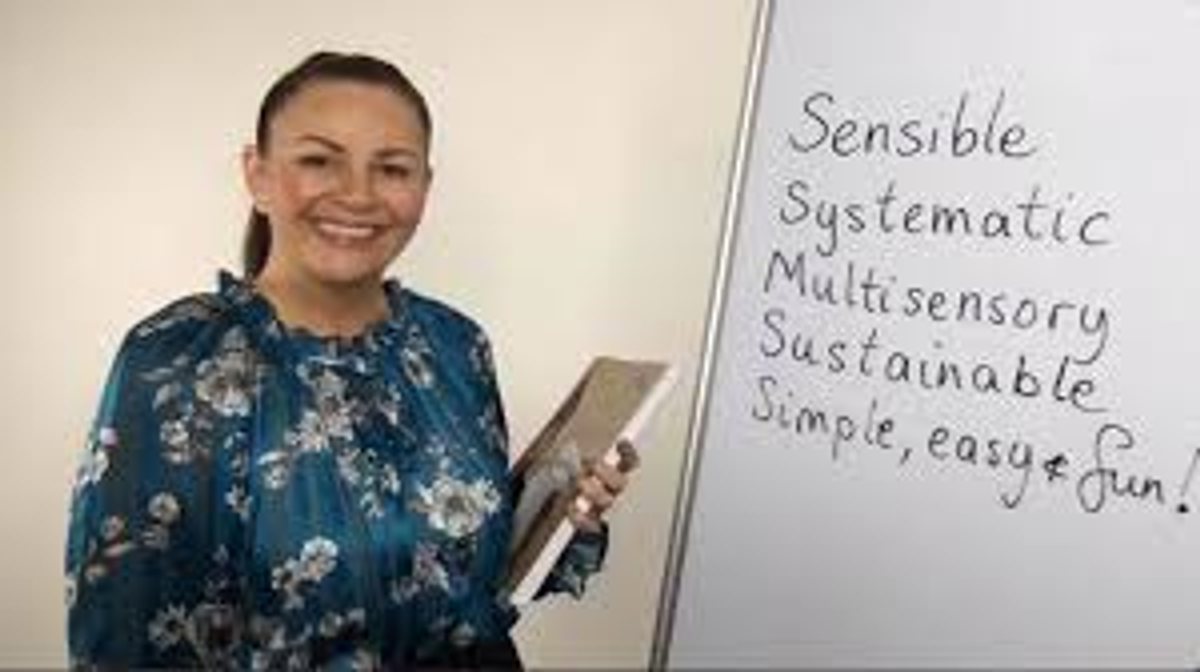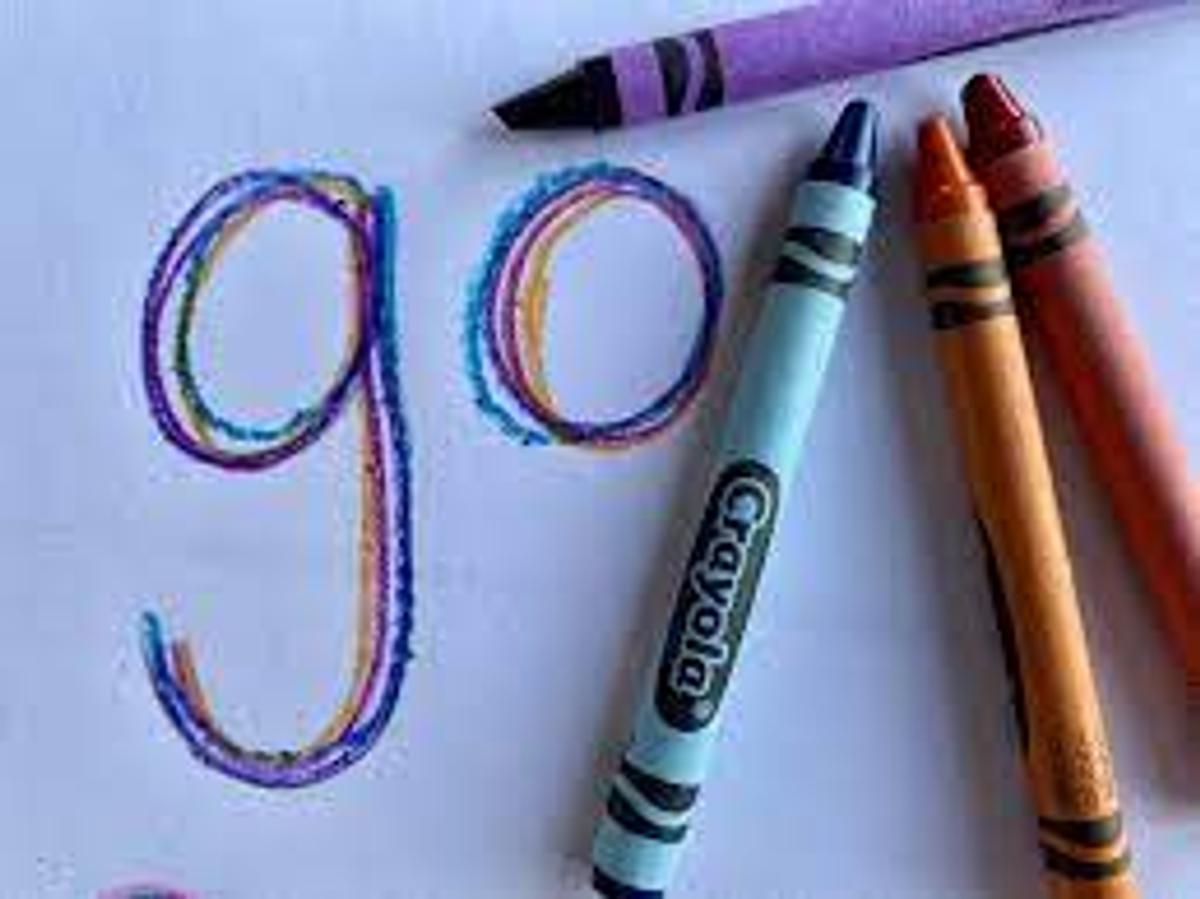SMART Spelling
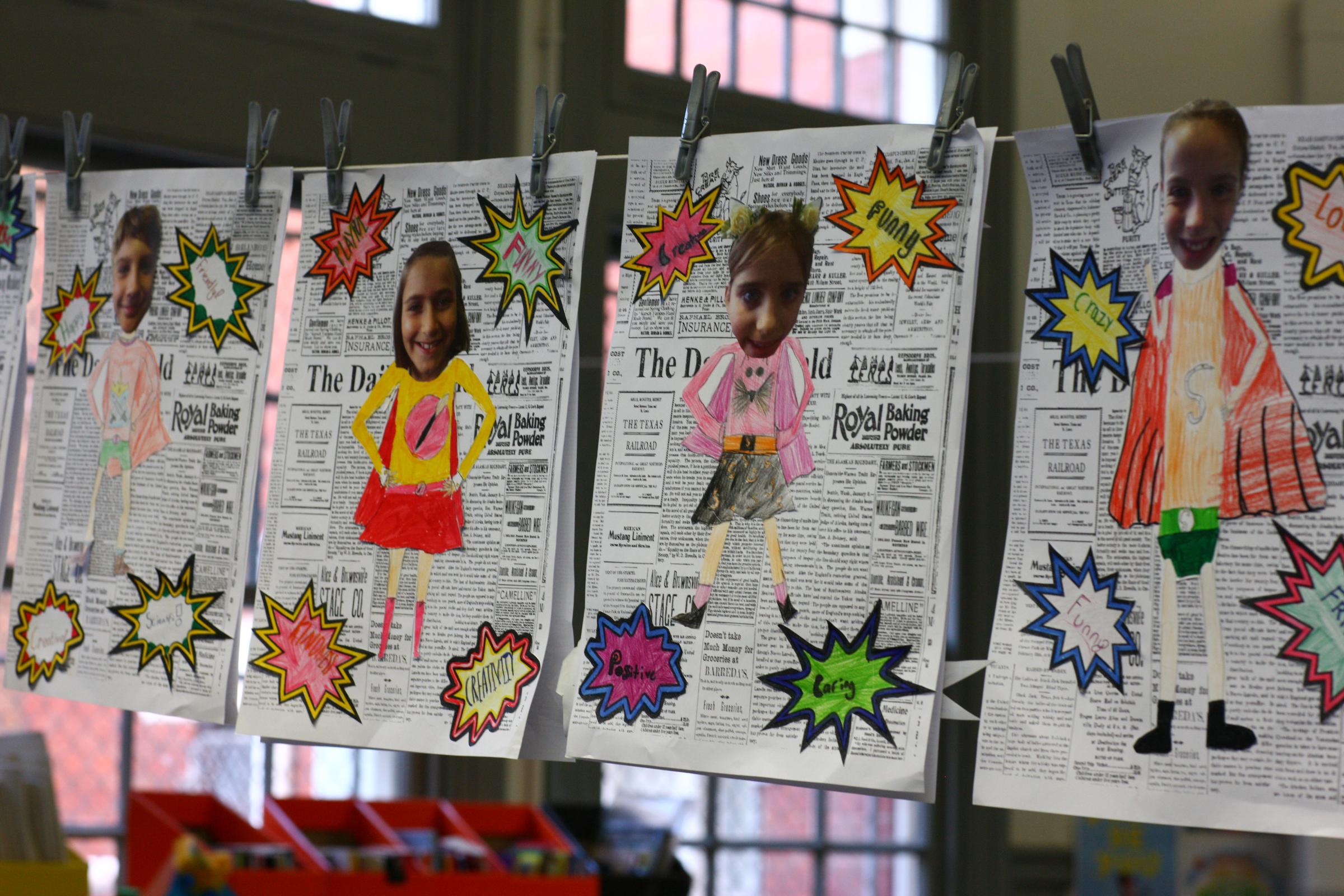
SMART Spelling was designed to support teachers in the explicit and systematic teaching of spelling. Spelling is best taught through pattern and regularity, which is why we deliver the program daily through short, sharp and targeted lessons. Spelling rules are taught in a way that builds on learning from prior years.
There are two important areas of knowledge the students need to develop to become independent spellers: phonological knowledge and orthographic knowledge.
Phonological knowledge is mainly to do with sounds. It includes the ability to break words into syllables and individual sounds (phonemes).
Orthographic knowledge is mainly to do with letters. It is a visual skill that involves choosing the correct letters that make a sound in a word.
SMART spelling also covers two additional areas of spelling knowledge: etymological knowledge and morphemic knowledge.
Etymological knowledge is the study of where words come from.
Morphemic knowledge is how prefixes and suffixes change the meaning of base words.
SMART Spelling at home
To support our spelling progress we are following the SMART program as suggested by Michelle.
This involves the students practicing and consolidating their learning on a daily basis, both at school and at home. On Mondays, the students will bring home a book with their allocated words.
Please encourage and support your child/children to take some time to complete their daily practice.
Teachers will not be checking this work specifically, they will however be checking the students’ daily spelling in class daily. Below, I have listed some ideas of how you can encourage SMART sessions/activities to happen at home;
- Colour Coding
- Say the word aloud
- Write the word
- Trace over the letters that make a consonant sound in blue
- Trace over the letters that make a vowel sound in red.
- Spelling stickers or circles
- Say the word aloud
- Put down a circle stamp for each sound you hear
- Say the letters aloud, using clustering
- Write the whole word again underneath
- Spelling Points
- Say the word aloud
- Write the word
- Work out how many points the word is worth if:
- A graph is worth 2 points
- A digraph (2 letters making 1 sound) is worth 5 points
- A trigraph (3 letters making 1 sound) is worth 10 points.
- Rainbow words
- Say the word aloud
- Write the word in a colour
- Go over the top of the writing in another colour.
Go over the top of the writing in a third colour, creating a rainbow
